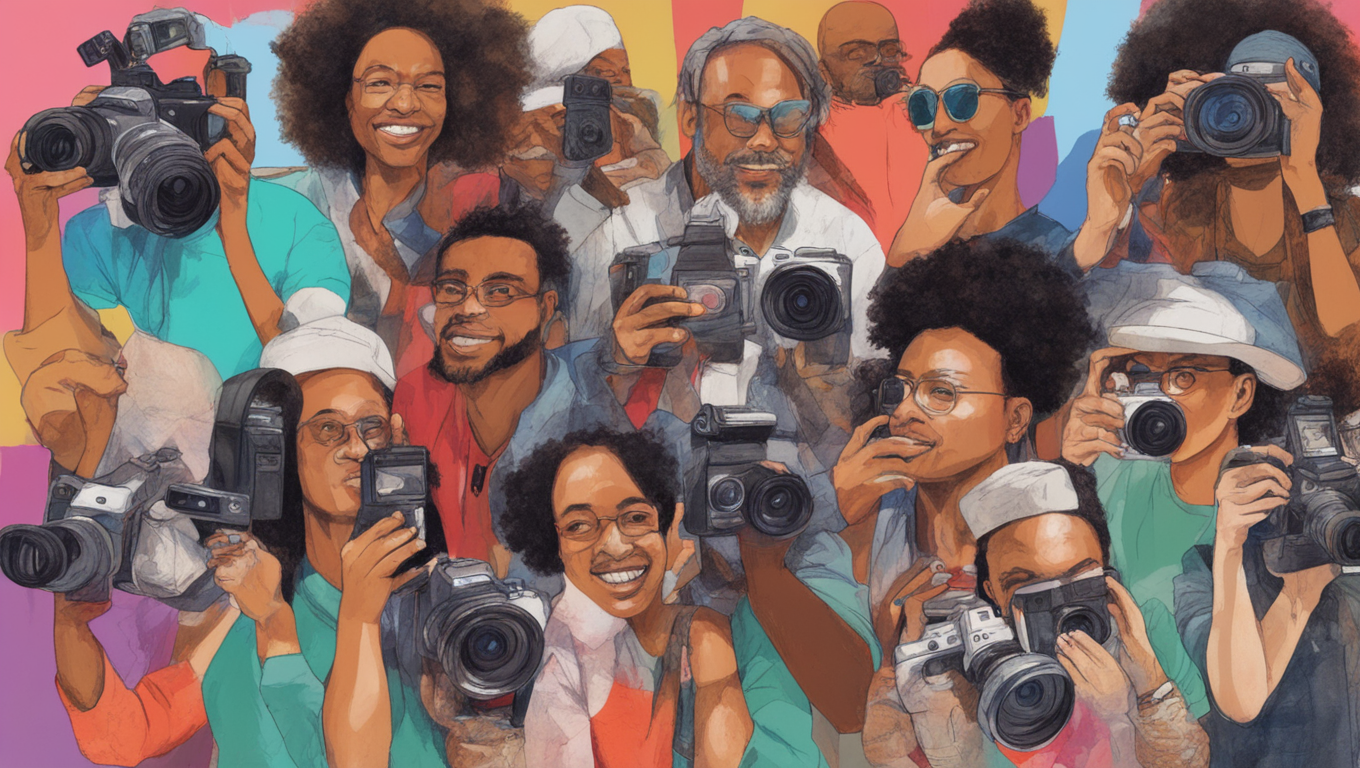In an effort to bolster its AI training dataset for video generation, Adobe has embarked on a campaign to gather a vast amount of video footage. This move comes in response to OpenAI’s unveiling of Sora, a powerful video generation model that raised concerns among investors about Adobe’s potential vulnerability to disruption. To address this, Adobe has announced its intention to develop video-to-text capabilities similar to Sora.
To create a robust video generation model, Adobe requires a substantial amount of training data. To acquire this, the company has offered to pay photographers and artists in its network for submitting short video clips that depict people engaged in everyday activities. These activities include walking, expressing emotions, and interacting with objects. Adobe is particularly interested in clips that focus on close-ups of hands, feet, or eyes. It is important to note that Adobe has explicitly stated that copyrighted material, nudity, or offensive content will not be accepted.
While the payment of $120 per submission may seem modest, it could increase to approximately $7.25 per minute of video depending on the submission. This initiative has sparked a debate surrounding the sourcing of training data, with recent reports suggesting that tech giants like OpenAI and Google may have violated creators' copyrights by using millions of hours of YouTube videos to train their AI models. In contrast, Adobe has taken a different approach by primarily using its extensive library of stock media and compensating contributors directly for their photos and videos.
Adobe’s move to pay photographers and artists not only helps build a robust training dataset but also fosters a collaborative relationship with its creative community. By compensating contributors directly, Adobe ensures that the training data is acquired legally and ethically, mitigating any potential legal challenges in the future. This approach aligns with Adobe’s commitment to empowering creatives and supporting the artistic community.
“We believe in the importance of respecting creators' rights and compensating them for their valuable contributions. By directly paying photographers and artists for their video clips, we are strengthening our training dataset while acknowledging the importance of intellectual property,” said Julia de Cadenet, Adobe’s Chief Creative Officer.
The use of AI in creative software has been steadily increasing, with Adobe leading the way in integrating AI capabilities into its products. Over the past year, Adobe has introduced AI features that generate images and illustrations based on text prompts, a functionality that has already been utilized billions of times by creators. By expanding their AI capabilities to video generation, Adobe aims to empower creators to bring their visions to life more easily and efficiently.
With this latest effort to gather video footage, Adobe is positioning itself to be at the forefront of AI-powered video generation technology. By investing in a robust training dataset, Adobe is poised to develop a video generation model that rivals the capabilities of Sora from OpenAI. This move not only safeguards Adobe’s position in the market but also demonstrates its commitment to innovation and staying ahead of the curve.
As Adobe continues to work on its video-to-text capabilities, users can expect to see exciting advancements in video generation within Adobe’s suite of creative tools. Through powerful AI models, creators will be able to turn their text descriptions into compelling videos, opening up new possibilities for storytelling and visual expression.
In conclusion, Adobe’s decision to pay photographers and artists for video clips demonstrates its dedication to building a comprehensive AI training dataset while respecting creators' rights and compensating them for their contributions. By embracing AI in its software suite, Adobe is empowering creators and solidifying its position as a leader in the creative industry. As Adobe continues to push the boundaries of video generation technology, we can anticipate a future where artists can effortlessly transform text into mesmerizing videos, revolutionizing the way we tell stories.





Use the share button below if you liked it.